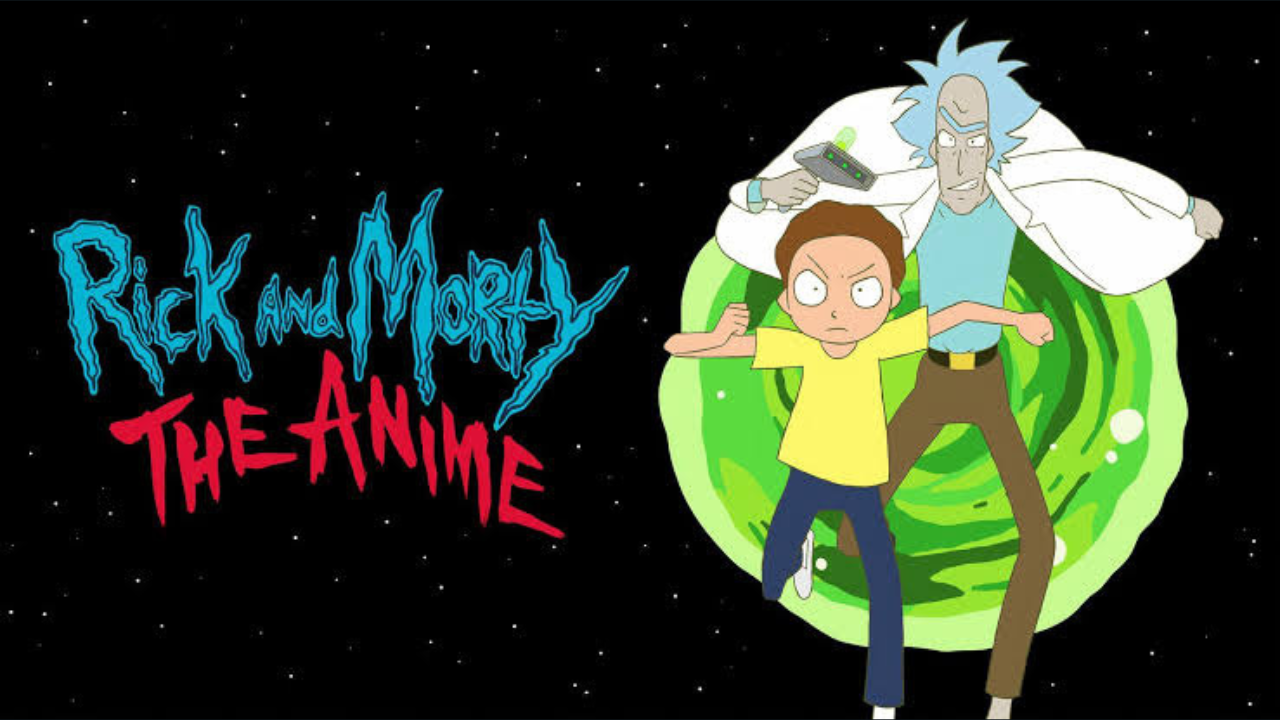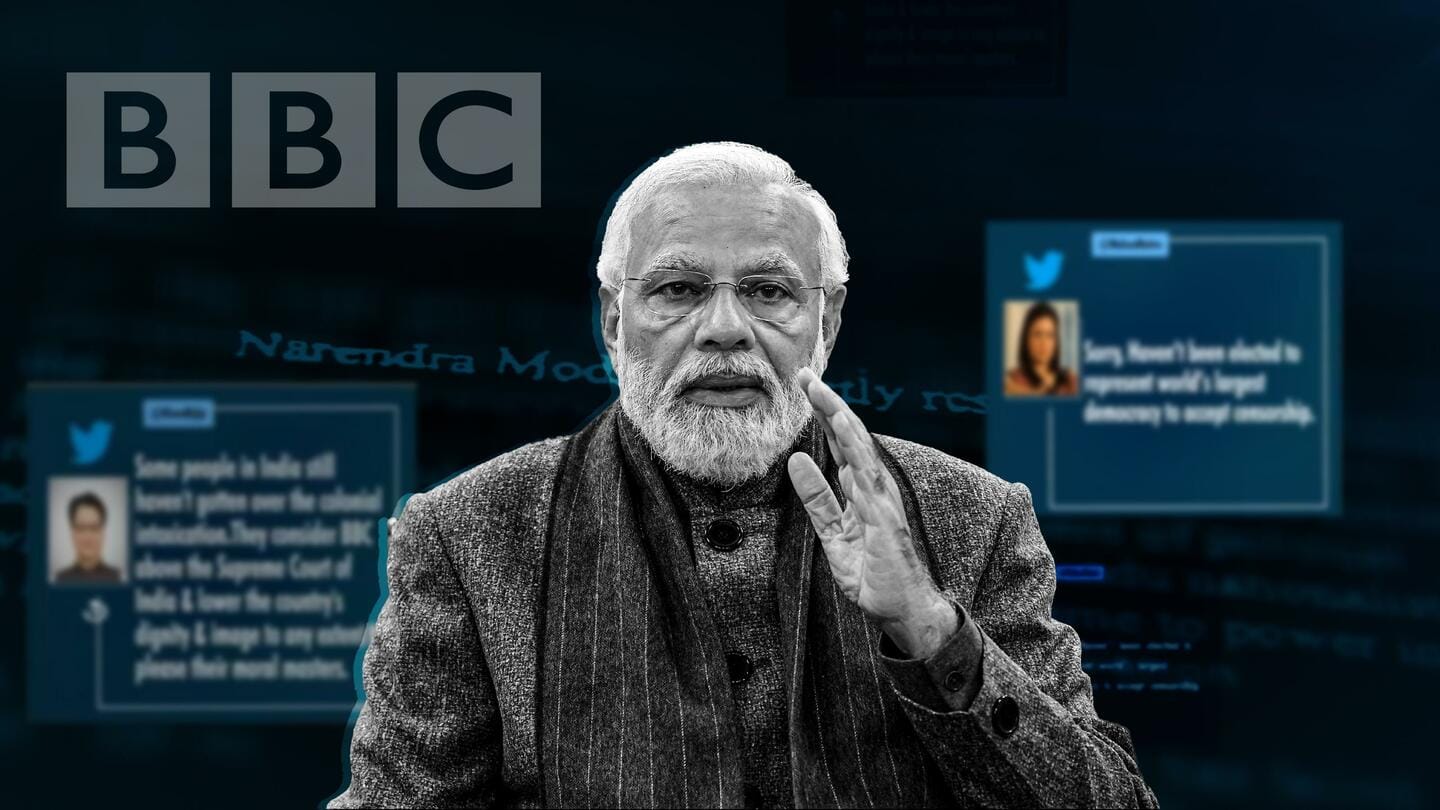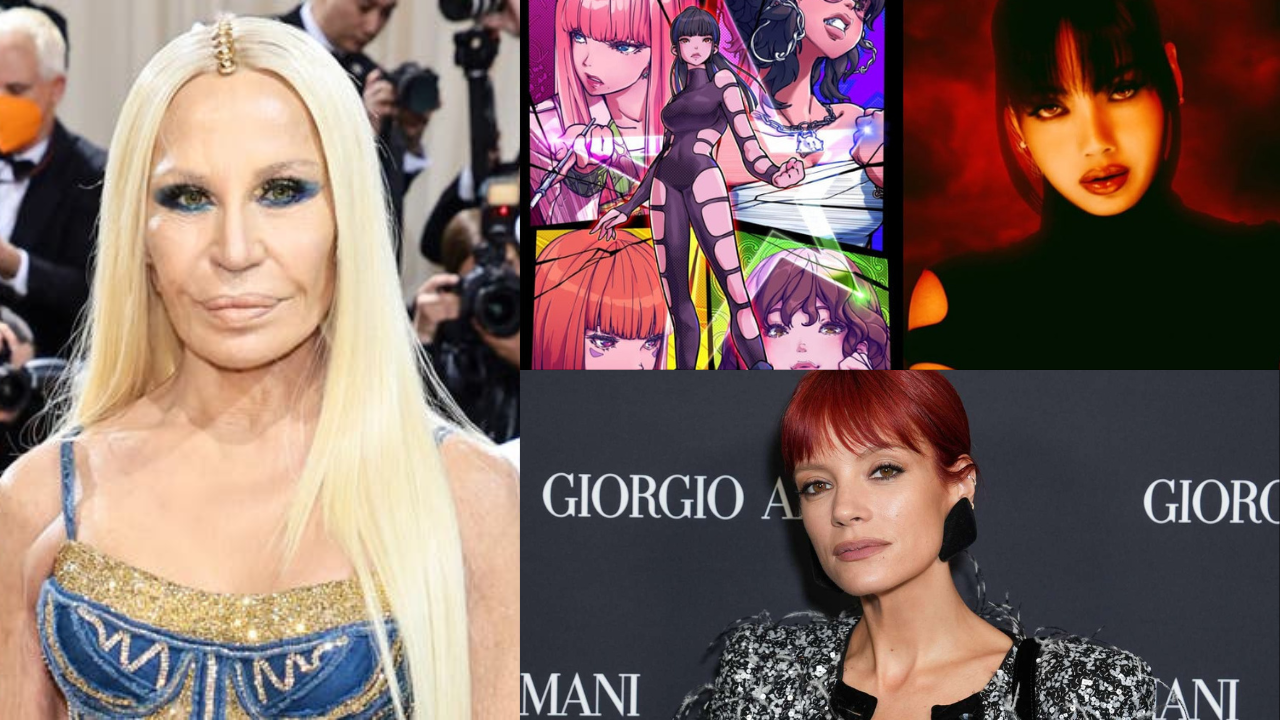Uncategorized
Revisiting the Soulful Odyssey of Paulo Coelho’s “The Alchemist”

Following the adventures of a young boy, Paulo Coelho’s “The Alchemist” tells a story of ambitions, perseverance and dreams. Let’s take a look back at the profound philosophies of it.
A young Shepherd who desired of living much more than just his ordinary life and dreamt of an adventure goes on a quest of finding a treasure buried at the pyramids. Santiago was living well being a shepherd but all his days felt the same and a series of events made him want to go on an adventure.
“The treasure that we seek elsewhere, we find at our doorstep.”
In the Alchemist, Coelho refers to the boy’s dream as a personal legend. Personal legends here mean the goal of your life. Everyone has a personal legend that they just want to chase after all their lives, a spot where one can feel satisfaction of achieving their utmost desire. Without a personal legend to chase after, your life becomes full of days and moments where you find yourself unsatisfied and asking for more. The satisfaction of the end goal only becomes beautiful when you have followed an uneven road to get there. For the Shepherd boy, it wasn’t the chest of gold that he was chasing after but the journey itself was the treasure. The experiences he gained along the way, the people he met, the knowledge he earned, the feelings he felt and everything he had been through was a treasure.
“If one sincerely desires something, the whole universe conspired to fulfill that dream”
The most popular lines of the book through which the author wants to emphasize about the role of omens and little signs played in the journey of Santiago to encourage him to go on the adventure he desperately desires. Like the time when he saw the Urim and Thummim falling out of his pocket which reminded him of his personal legend, made him want to follow his heart and continue his quest. These small signs can seem forgettable and insignificant but they all can lead us to greater things.
“There is only one thing that makes a dream impossible to achieve: the fear of failure”
The days where he lived well being a shepherd has so much resemblance to our comfortable lives where we do the same things over and over again and all our days look the same. Being in a good memory, we think of being there forever or when we had a bad experience, we want to erase it like it wasn’t ever there. Despite coming across a number of unusual circumstances like being robbed, taken hostage or being heartbroken, there was something that kept the shepherd boy going. Santiago also came across good people and experiences in his journey but he didn’t stop there, as you don’t find an adventure that’s ahead if you want to be stuck in a comfortable memory and you won’t find all the wonders out there if you fear taking the risks. Despite following a simple story, the plot is not overly simplified or seems exaggerated, unlike most adventure stories where the protagonist fights every obstacle along the way to reach his end goal. The story is filled with extraordinary experiences and magical references but even after all that, it feels really relatable and realistic.
“The secret of life is to fall seven times and to get up eight times.”
Through the series of events, Coelho demonstrates how our personal legends are affected by external circumstances. Your dream could be anything but your personal desire to chase after it will never be not affected by outer circumstances. In the book, Coelho proves the fragility of these desires through the experiments of Santiago who got scammed of all his money and thus, he could no longer afford a trip to Egypt made him question if he really ever can go on the quest which shows how our desires can be stifled by our circumstances like socioeconomic status, culture, lack of support etc. Anyone can dream big but many often find themselves being surrounded by setbacks. Santiago considers going back to his previous life as a shepherd but gladly he did not look back and he overcame a number of obstacles throughout his journey to reach his end goal and how he did all that felt extremely realistic.
“When you possess great treasures within you and try to tell others of them, seldom are you believed.”
We often compare our lives with others without realizing that everyone’s journey and dreams are unique. Everyone has something to chase after or a personal legend and everyone has a different way to reach that end goal. The book introduces a crystal merchant, who dreams of traveling to Mecca but does not do anything to make it come true, he lives his life thinking about the dream that keeps him living happily which shows how personal legends and dreams make us want to have hope. Santiago also meets an Englishman who is passionate about alchemy but unlike Santiago, who gains his knowledge of the world through living experiences, the Englishman prefers to read books. There is not any perfect way to chase a dream nor is there a perfect dream. You are meant to be where you are and there is no need to measure or compare your progress and dreams with others.

About the Book –
The Alchemist is notably the most popular book of the Brazilian Author, Paulo Coelho which tells a story of ambitions, perseverance and dreams. Over 150 million copies of the book have been sold since its publication in 1988 and it has won over 115 international prices and awards.
Also Read: Netflix’s Depp v. Heard decodes the complex layers of the famous trial and gives the viewer a chance to see it all through an unbiased lens
Follow is for more @discultured
Fashion
Your Wardrobe Might Be Reflecting a Recession

Here are some fashion trends that have historically reflected economic downturns and are now reappearing in our wardrobes.
In the early 1930s, when the Great Depression took hold, fashion became more practical, and quietly stepped away from glamour. Then, a few decades later, during the oil crisis of the 1970s, something similar happened when people turned to earthy tones, longer skirts, and a more relaxed boho style. And if we look at the recession of 2008, when the world faced another major financial crash, fashion responded yet again with similar trends where loud logos faded, minimalism took over, and people started choosing basics that felt more sensible.

These shifts in style may seem like changing tastes on the surface, but they follow a pattern and that’s no mere coincidence. Fashion, though often seen as frivolous or detached from reality, has always mirrored the social and economic pulse of its time, shifting subtly—or sometimes drastically—in response to the pressures people face. Recession, with its huge impact on spending habits and consumer mindset, has a way of quietly shaping the clothes we wear, the trends we follow, and the statements we choose to make through style. This article explores the fascinating ways in which economic downturns have consistently left their mark on the fashion industry, revealing how style adapts when society is forced to rethink its priorities.
Minimalism and Quiet Luxury

Throughout history, economic downturns have often prompted a return to minimalist fashion, and 2025 is no exception. As recessionary pressures mount, consumers are increasingly drawn to quiet luxury, an aesthetic defined by clean lines, muted tones such as beige, black, and off-white, and logo-free designs that convey sophistication with subtlety rather than flash. This preference stems not only from a desire for elegance but also from practicality: high-quality, versatile pieces offer greater value when budgets are tighter.
This trend isn’t new. After the 2008 financial crisis, Phoebe Philo’s work at Celine became emblematic of the minimalist movement, resonating with audiences seeking calm and refinement in uncertain times. Fast-forward to today, and shows like Succession have reintroduced the concept of quiet luxury into the cultural conversation, highlighting understated affluence over flashy displays of wealth. In 2025, this growing preference also speaks to a broader societal shift that is valuing longevity, subtlety, and authenticity over rapid consumption and conspicuous branding.
Longer Hemlines (The Hemline Index)

The “hemline index” is a theory suggesting that skirt lengths tend to fall during tough economic times and once again, it appears relevant. Maxi and midi skirts have seen a massive resurgence. Historically, longer hemlines during downturns, such as during the Great Depression and post-2008, reflected a shift toward modesty and practicality. Covered silhouettes offered more versatility and durability, catering to a mood of caution and restraint. While it’s important to note that fashion doesn’t follow the hemline theory religiously (for instance, the prosperous 1950s also favored longer skirts), the broader pattern remains: in times of economic hardship, consumers gravitate toward styles that feel stable, sensible, and enduring.
Indie Sleaze and Nostalgic Revivals
At the other end of the style spectrum, the gritty, chaotic aesthetic of early-2000s “indie sleaze” has roared back to life. Characterized by skinny jeans, distressed layers, slip dresses, messy eyeliner, and an overall DIY spirit, indie sleaze appeals to those longing for a less polished, more rebellious era.
During past downturns, notably post-2008, similar nostalgic trends offered emotional refuge, allowing people to romanticize periods of past turbulence as simpler or freer times. In 2025, cultural moments like Lady Gaga’s punk-era revival in Mayhem have propelled this style back into the spotlight. Indie sleaze’s appeal lies not just in nostalgia but in its affordability and individualism, providing a low-cost way to express personal style amid broader economic anxiety.
Underconsumption-Core and Thrifting
Another major behavioral shift in 2025 is the rise of “underconsumption-core” which is a conscious effort to minimize buying, embrace secondhand shopping, and find new ways to reuse and repurpose existing wardrobes. Social media platforms have become hubs for thrift hauls, “shop your closet” challenges, and DIY upcycling tips.
This trend harks back to post-2008, when resale platforms like Depop and Poshmark flourished. Today’s version is even more value-driven and sustainability-focused, reflecting growing awareness of both economic and environmental crises. Underconsumption-core speaks to a new ethos: style doesn’t have to come at the cost of the planet or one’s wallet. Instead, creativity, resourcefulness, and personal storytelling become the real markers of fashion credibility.
Peplum Tops

Peplum tops, featuring a distinctive flared ruffle at the waist, are another silhouette making a comeback in 2025. Historically, peplums have emerged during or after economic crises, giving a subtle flourish in otherwise streamlined wardrobes. Christian Dior’s iconic New Look post-World War II, with its cinched waists and voluminous skirts, embodied a similar balance between optimism and austerity. Following the 2008 financial crisis, peplum tops once again found favor for their ability to add flair without extravagance. Today, designers like Ashlynn Park are reintroducing them with modern updates like cleaner cuts, lighter fabrics, and a focus on functionality. Their resurgence signals cautious optimism: consumers are ready for a bit of fun in their fashion choices but still value practicality and versatility over flamboyant splurges.
Recession Blonde (and Low-Maintenance Beauty)
The idea of “recession blonde” was coined on TikTok and it reflects the broader beauty shift toward low-maintenance routines in tight economies. Rather than frequent salon visits to maintain a perfect platinum hue, consumers are embracing darker roots, more natural shades, and cost-effective color treatments like glosses.
This mirrors a broader pattern seen after the 2008 crash, when consumers pared back spending on professional beauty services. In 2025, stylists are seeing a surge in requests for “lived-in” color and treatments that extend the time between appointments. It’s a subtle but telling sign of how recessions reshape beauty norms, prioritizing authenticity and affordability over constant upkeep.
Conservative Silhouettes and Muted Colors
Along with longer hemlines, conservative silhouettes including high necklines, long sleeves, and relaxed, layered fits are regaining ground in 2025. Colors, too, are shifting toward muted, earthy palettes like warm browns, charcoal grays, olive greens, and soft neutrals. This isn’t purely aesthetic. Practicality underpins the trend. Muted, conservative pieces tend to mix and match easily, transition across seasons, and outlast fleeting fads, offering greater long-term value. In previous recessions such as the post-1929 crash and post-2008 recovery, similar trends emerged, reflecting a societal mood of prudence and introspection.
Business Casual and Corporate-Inspired Looks

Economic uncertainty also influences how we dress for work and beyond. During recessions, there’s often a resurgence of business casual and corporate-inspired looks, where tailored blazers, wide-leg slacks, crisp shirts, and structured dresses dominate. Dubbed “officecore,” this trend blends professional polish with enough versatility to transition seamlessly from boardrooms to brunches. The early 2010s, following the Great Recession, saw a similar phenomenon, with young adults embracing sharp corporate styles even in nightlife settings. In 2025, designers like Stella McCartney and Peter Do are reviving this spirit but with a twist: reimagining traditional suiting with relaxed cuts, gender-fluid tailoring, and unexpected fabric choices. Officecore today is less about rigid formality and more about smart, adaptable dressing — reflecting a world where professional and personal lives blur, and consumers seek clothing that maximizes both style and function.
High Heels (The High Heel Index)
The so-called “high heel index” is a theory that heel heights rise during the initial stages of economic downturns remains a fascinating, if imperfect, indicator. In the early months of recessions, bold fashion statements, including dramatic heels, sometimes flourish as acts of sartorial defiance or escapism. This was observed at the onset of the Great Depression, though as hardships deepened, comfort and pragmatism took hold.
Also Read: The Questionable Use of the Idea of Feminism as a Marketing Ploy Across History
Follow us for more : Dis_cultured
Uncategorized
Did Rick and Morty Really Need an Anime? A Look at the New Spin-Off

Rick and Morty: The Anime directed by Takashi Sano, gave us a fresh take on the iconic duo’s adventures. But does it live up to the original, or is it a spin-off we didn’t need? The article talks about the anime’s strengths and weaknesses while thinking over its place in the Rick and Morty universe.
Rick and Morty is a show that hardly needs an introduction. Since its debut on Adult Swim in 2013, this adult cartoon has become a cult favourite, especially among fans of sci-fi and offbeat humour. With its intergalactic adventures, mind-bending storylines, and a hefty dose of dark comedy, Rick and Morty quickly established itself as one of the most definitive and impactful adult cartoons of the last decade. It’s a show that’s permeated pop culture so deeply that you’ll find references to it everywhere—from memes and merchandise to, now, an anime. Yes, you read that right. There’s a new addition to the Rick and Morty universe: Rick and Morty: The Anime, now airing on Adult Swim. Created by Japanese animation director Takashi Sano, this anime spin-off introduces fans to a familiar yet distinct take on the iconic characters. But with seven seasons of the original show already in the bag and an eighth on the way, it begs the question: Did we really need a Rick and Morty anime?
At first look, Rick and Morty: The Anime brings something fresh to the table. The anime format offers a different style and pacing, leaning into a more episodic structure compared to the original series, which often balances standalone episodes with overarching season arcs. For instance, in the episode “The Girl Who Manipulates Time,” Rick finds himself on the run from the Galactic Federation, all while dealing with a time-reversing device he’s created. Meanwhile, Summer, Space Beth, and even a more clueless-than-ever Jerry get involved in the chaotic action.

However, while the anime introduces us to new storylines and settings, it also stays very close to the original formula. The Smith family dynamics remain largely the same, and the attitudes of the characters feel familiar—perhaps too familiar. Many fans might have expected the anime to explore entirely new universes or present a radically different take on the characters, but that’s not quite the case here. For those unfamiliar with the original series, the anime could be a tough entry point. Characters like Space Beth are introduced without much context, making it hard for new viewers to connect with the storyline.
One major difference that stands out is the animation style. As OG Rick and Morty fans might notice, the anime’s visuals are a significant departure from what we’re used to. Some might find the animation lifeless or lacking the unique energy that made the original show so fun to watch. The absence of the original English voice actors also adds to the challenge of adapting to this new version. It might take time for long-time fans to fully embrace the new voices and animation style.

Another aspect where the anime seems to falter is in its storytelling and humour. Rick and Morty is known for its clever writing, meta-commentary, and unexpected twists. But in this anime adaptation, the plotlines feel more basic, lacking the self-awareness and satirical edge that fans have come to love about the original. The distinct and complex personalities of Rick and Morty appear watered down, replaced by more stereotypical anime archetypes. Rick, who was once a morally flawed and an interesting character, now comes across as just an eccentric old genius who doesn’t do much (at least in the first episode). For die-hard Rick and Morty fans, the show’s appeal lies in its quirky randomness and dark humour. Unfortunately, the anime spin-off has yet to capture that same magic. The writing, especially in terms of comedy, feels flat and uninspired. While it’s true that it might be too soon to make a final judgement, Rick and Morty: The Anime so far seems to struggle in translating the original show’s charm into this new medium.
So, coming back to the question: Did we really need an anime spin-off of Rick and Morty? The answer is, well, maybe, maybe not. The anime brings a different take to the table, but it’s also struggling to match the charm of the original. That said, it’s still too early to pass final judgement. The show is ongoing, and there’s always a chance it could find its footing as it progresses. For now, it’s worth keeping an open mind and seeing where this show takes us.
Also Read: Rick and Morty quotes that live in our heads rent-free!
Follow us for more @Discultured
Movies
India: The Modi Question. Fear of art and what it tells you about a regime.

The Central Government has put a ban on the BBC documentary “India: The Modi Question“. And is trying its best to suppress its distribution. Why trying to have authority on Art is such a big deal and what it indicates?
Art has been a mode of expression for a very long time. Sometimes art that deserves our attention often finds itself in the controversies. BBC documentary on Narendra Modi, “India: The Modi Question” is one such piece that grabbed the attention of the nation. The documentary takes us back to 2002 and examines Prime Minister Narendra Modi and his role during the anti-Muslim riots.

The central government has called the documentary “India: The Modi Question” a propaganda tool. It is reflecting a biased and colonial mindset as per the Ministry of external affairs. The government has banned the documentary and restricted people from sharing the clips of it anywhere on the internet. We have been witnessing authorities interrupting the screenings of it at student gatherings and the step is is being criticized as it compromises with the right of free speech.
As the government used emergency powers under its information and technology laws. Twitter and YouTube have removed many videos and links from its platform upon the government’s request. But who can stop things from spreading in the digital age? Despite the numerous attempts the documentary is sparking views and getting the attention it needed. This move has also started a wave of criticism from the opposition and human rights groups and thus, the backlash.

The moves made by government failed in their attempt to divert the attention from it instead it did the exact opposite. We got to see the snowball effect happening here. Despite the ban, students from different educational institutions gathered for the group screenings. Which were obviously not supported by the government. When the students of Jawaharlal Nehru University (JNU) gathered for group screening, authorities did a power and internet cut to stop them from watching the film.
It might seem very funny to see how people in power are going nuts on a piece of art. Fearing from art, expression or questioning is a bad indicator for the stability of a nation. According to last year’s Press Freedom Index, out of 180 countries, India is at the 150th position in terms of Press freedom which has declined in recent years. And the current government is surrounded by the accusation of silencing criticism. Authoritative forms of governments and leadership around the world are known for their biased control over art and media.

And people who criticize this form of oppression are attacked for being controversial and supporting propaganda against the regime. According to the reports of Freemuse, which is one of the largest international organizations defending artistic expression rights. Countries like Turkey, China and Russia have abused counter terror laws against artists and the media. In the easiest language possible, these laws impose censorship on any work that goes against the ideologies of the government. People who speak against it are harassed, threatened or imprisoned and very often, they are also accused of having ties with some terrorist group.
This reminds us of the case of Ai Weiwei who is known for art, activism and his crusade against the Chinese government. He used his art as a tool to speak against censorship and criticized the Chinese government policies. Sometimes expressing through art can be the bravest thing one can do. In 2011, he was detained by the police for 81 days which was followed by a four year house arrest. This was just one of the many cases of suppressing the voice of artists. Every act of such suppression is led by a larger pattern of continuous violations of freedom of speech. Whenever this oppression is allowed to prevail, it leads to people voluntarily backing off as they are under constant fear and want to avoid controversy and any kind of negative attention towards them and we are witnessing it today which surely gives us a reason to be alert.
Criss Jami lines are to be remembered when we come across such forms of oppression that “Sometimes people lose their right to remain silent when pressured to remain silent.” The act of revolt isn’t an act of treachery, most of the time, it is the most patriotic thing to do.
Also Read – How Jawaharlal Nehru Became The Reason For India’s First Cosmetic Brand ?
Follow Us – @Dis_cultured
-

 Events10 months ago
Events10 months agoThe Most Memorable Highlights from the 2025 Academy Awards
-

 Events11 months ago
Events11 months agoWeekly Pop Culture Recap: Talkworthy Highlights from the 82nd Golden Globes Awards, Disney’s Merger with FuboTV and Much More
-

 Fashion8 months ago
Fashion8 months agoYour Wardrobe Might Be Reflecting a Recession
-

 Social11 months ago
Social11 months agoMeta Phases Out Fact-Checking and Adopts a Community-Driven Approach similar to X
-

 Events7 months ago
Events7 months agoWhat Indian Celebrities Wore to the Met Gala 2025
-

 Fashion8 months ago
Fashion8 months agoDupatta Labeled as European Aesthetic is a Case of Cultural Erasure
-

 Events7 months ago
Events7 months agoThe Biggest Moments for Indian Cinema at Cannes 2025 That Had Everyone Talking
-

 Fashion9 months ago
Fashion9 months agoWeekly Pop Culture Recap: Donatella Versace has resigned as Versace’s Chief Creative Officer, BLACKPINK’s Lisa is branching out with her graphic novel, ALTER-EGO.








